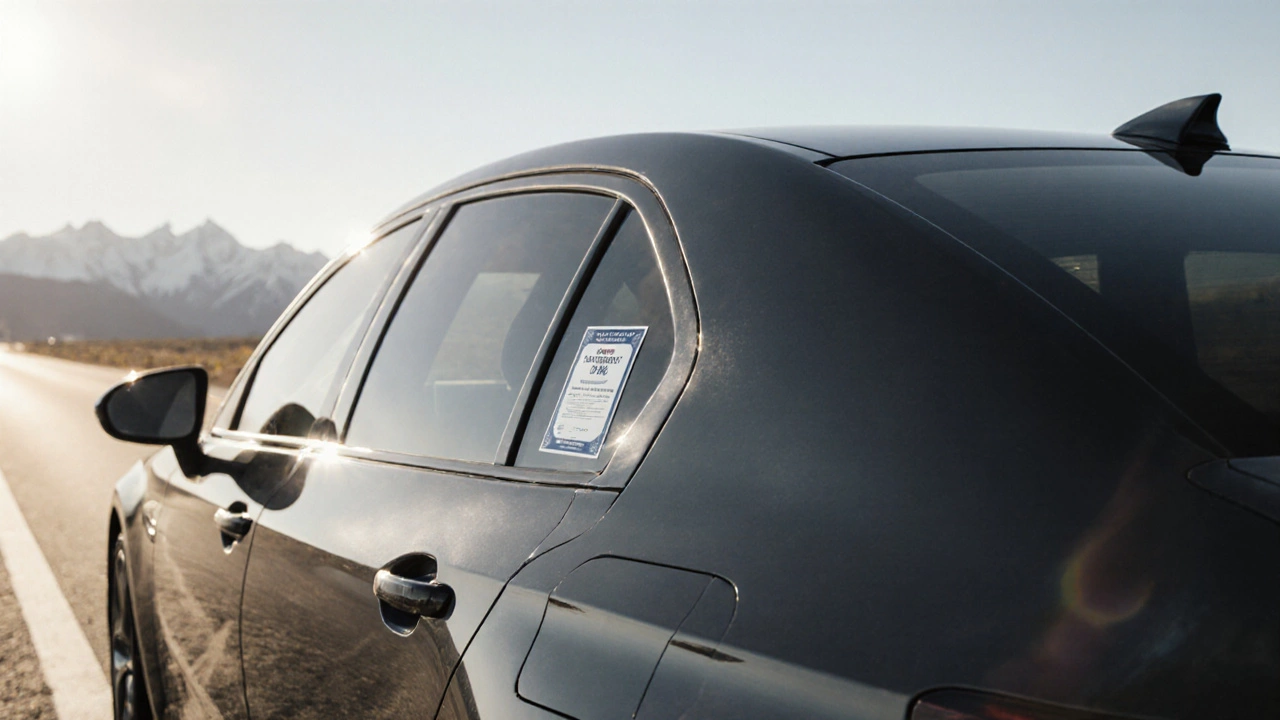5% Window Tint Legality in Colorado - What You Need to Know
- Gareth Westbrook
- 9 10 2025 Window Tinting
Find out if a 5% window tint is legal in Colorado, learn the VLT limits for each glass area, understand penalties, and get a compliance checklist.
When dealing with vehicle window tint regulations, the set of rules that define how much light must pass through car windows. Also known as window tint laws, they affect safety, privacy, and compliance on UK roads.
One key entity is legal tint limits, the maximum darkness allowed for each window based on its position. In England, rear windows may go as low as 70% VLT, while the front windscreen and driver’s side must stay above 75% VLT. The measure used is Visible Light Transmission (VLT), the percentage of visible light that passes through the film. A lower VLT means a darker tint. These values directly influence road safety, driver visibility and the ability of police to see occupants. If a vehicle falls short of the required VLT, drivers can face fines, warning letters, or mandatory re‑tinting.
Police enforcement is the arm that checks compliance during routine stops or at MOT stations. Officers use a simple tint meter to read VLT on‑site; if the reading is below the legal threshold, the driver receives a citation and must rectify the tint within a set period. Penalties range from £50 fines to higher charges if the vehicle is deemed unsafe. Many owners choose reputable wrap installers who guarantee that the film meets UK standards to avoid future headaches. Knowing the regulations also helps you pick the right type of film—ceramic, carbon, or dyed—each offering different heat rejection while staying within legal limits.
First, always ask your installer for the exact VLT rating of the film they plan to use. A reputable shop will provide a datasheet that shows the percentage for each window. Second, use a portable tint meter yourself before the installation is complete; a quick check can save you a costly redo. Third, remember that Scotland and Wales follow the same national limits but local councils may have additional signage requirements for heavily tinted rear windows. Fourth, keep the original tint certificate in your vehicle – it’s handy if you’re pulled over or need to show proof at an MOT.
Finally, consider why you want tint in the first place. If privacy is your main goal, a lighter film that meets the legal VLT can still give you a sleek look without risking a ticket. If heat rejection is key, look for ceramic films that offer high solar control without excessive darkness. Balancing aesthetics, comfort, and compliance will keep you safe on the road and let you enjoy the benefits of a well‑chosen tint. Below you’ll find detailed articles covering everything from legal limits to how police measure compliance, so you can make an informed decision and stay on the right side of the law.

Find out if a 5% window tint is legal in Colorado, learn the VLT limits for each glass area, understand penalties, and get a compliance checklist.